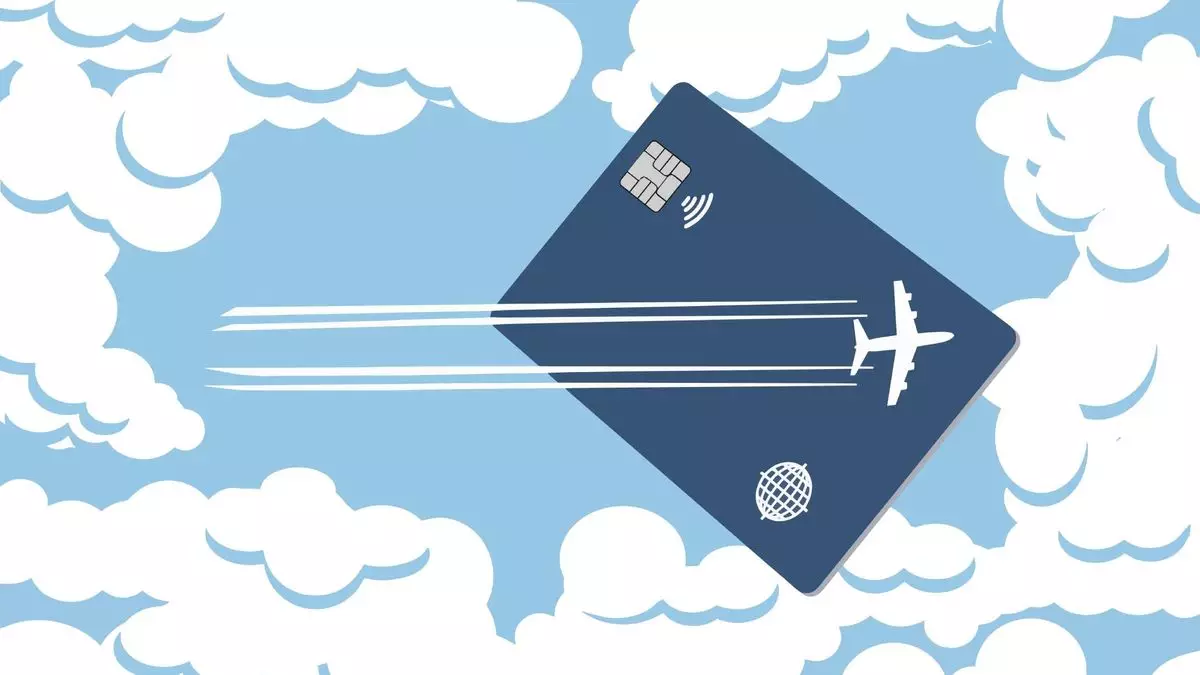The recent decision by the U.S. Department of Transportation (DOT) to launch an investigation into the rewards programs of the nation’s largest airlines has elicited a spectrum of reactions. While consumer advocacy groups are lauding the move as long overdue, industry representatives and some critics assert that the government’s actions amount to regulatory overreach. This encompasses a controversial intersection of consumer rights and industry practices within a sector fraught with complex economic dynamics and evolving consumer expectations.
Geoff Freeman, CEO of the U.S. Travel Association, voiced strong opposition to the probe, characterizing it as a misallocation of governmental resources. He stressed that the fundamental issues affecting the air travel experience—such as staffing shortages among air traffic controllers—are being overshadowed by what he perceives as an unnecessary scrutiny of rewards programs, which he claims are appreciated by around 80% of travelers.
Conversely, Bill McGee from the American Economic Liberties Project argues that the investigation is a critical step toward accountability. He highlights the frequent changes in reward redemption values and points accumulation as a major concern, advocating for a moratorium on mid-program rule changes that can disadvantage loyal customers.
The DOT’s investigation is centered on the four largest U.S. airlines—American, Delta, Southwest, and United—stemming from their significant influence on industry practices regarding loyalty programs. Transportation Secretary Pete Buttigieg articulated that these rewards systems have become integral to both the airlines’ business models and the broader U.S. economy. As many Americans accumulate substantial point balances, these programs increasingly resemble financial assets, raising numerous questions about their management and transparency.
To facilitate this investigation, the DOT has requested comprehensive documentation from the airlines, including a detailed history of reward point devaluations, insights into dynamic pricing strategies, and an analysis of fees associated with point redemption. The scope of this inquiry signifies a notable federal interest in an area typically governed by market forces.
However, critics highlight potential imbalances in how the DOT is approaching this investigation. They argue that while the rewards programs indeed impact consumer behavior and loyalty, each airline has its unique framework for managing these programs, making it difficult to impose uniform regulations.
In response to the investigation, the Airlines for America (A4A) trade group reinforced the notion that loyalty programs are essential to fostering customer connection, emphasizing that these offerings are clearer and more transparent than ever. Their assertion relies on the premise that fierce competition within the industry renders these programs inherently beneficial for consumers, allowing travelers to accrue rewards as they engage with their preferred airlines.
Moreover, the backdrop of this investigation comes amid record membership in loyalty programs and substantial uptake of co-branded airline credit cards. A4A’s estimates suggest that almost one-quarter of U.S. households now hold airline credit cards, which indicates a growing entrenchment of rewards programs in American consumer culture. The financial stakes involved are substantial, with Delta alone reporting $6.8 billion in revenue from its partnership with American Express in 2023.
As the investigation unfolds, disparities among the Big Four carriers regarding their approach to rewards programs come into clearer focus. For instance, while Southwest Airlines ties the price of award tickets to cash ticket prices, which is a more straightforward system, other airlines maintain a less predictable structure for redemption costs. This variance has led to criticisms that the DOT’s investigation fails to account for these fundamental differences, highlighting a potential misinterpretation of the workings of airline loyalty programs.
Kyle Stewart, a travel agency owner and aviation blogger, likens these loyalty points to token systems in businesses like Chuck E. Cheese. He argues that the nature of rewards programs permits airlines the discretion to alter redemption values at any time, making comparisons to savings accounts misleading.
Stewart further critiques the notion that government intervention could serve as a remedy, suggesting instead that any regulatory measures might incur significant costs for legal consultations, peeling away from any real efforts for consumer protection.
Ultimately, the ongoing investigation into airline reward programs raises significant questions about transparency, consumer protection, and industry regulation. While advocates for consumer rights push for greater accountability and transparency in how these programs operate, the airlines emphasize the need for flexibility and competitiveness in a rapidly evolving market.
As the dialogue surrounding the future of airline loyalty programs continues, it is crucial to navigate these waters with nuance—acknowledging the value these programs represent to millions of American consumers while also addressing the real concerns about fairness and operational integrity within the airline industry. The outcome of this investigation could reshape how loyalty programs function, but it remains to be seen whether the DOT’s intervention will ultimately lead to a more equitable aviation landscape or merely add another layer of complexity to the consumer experience.

